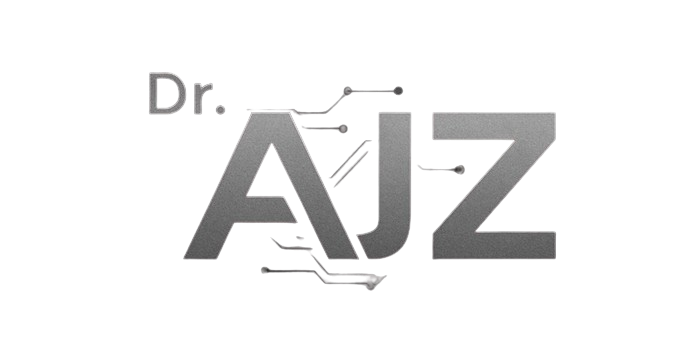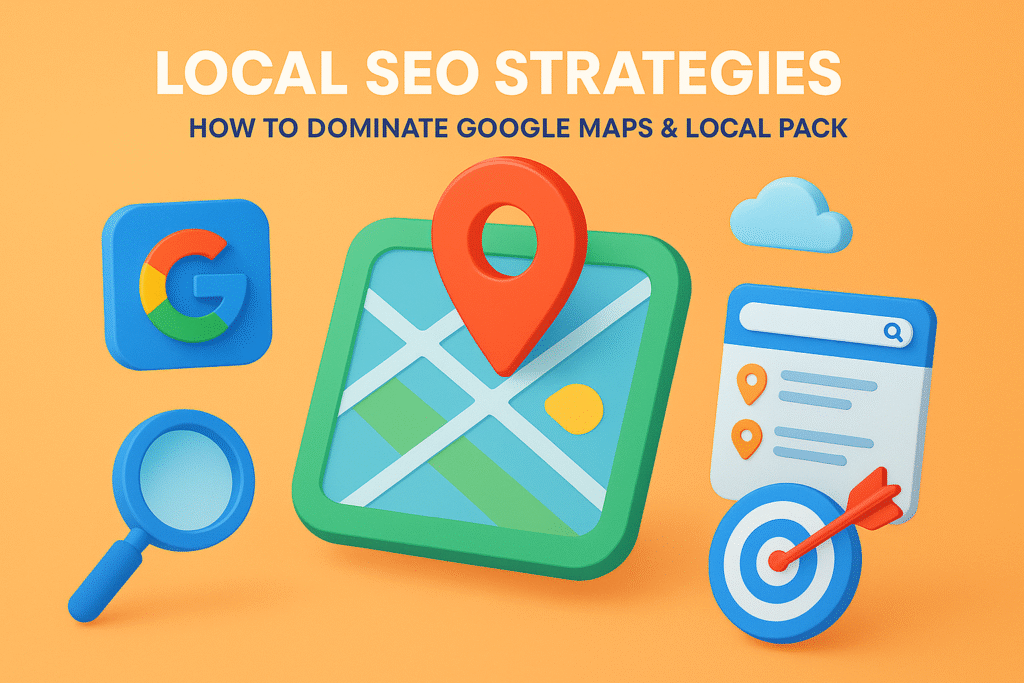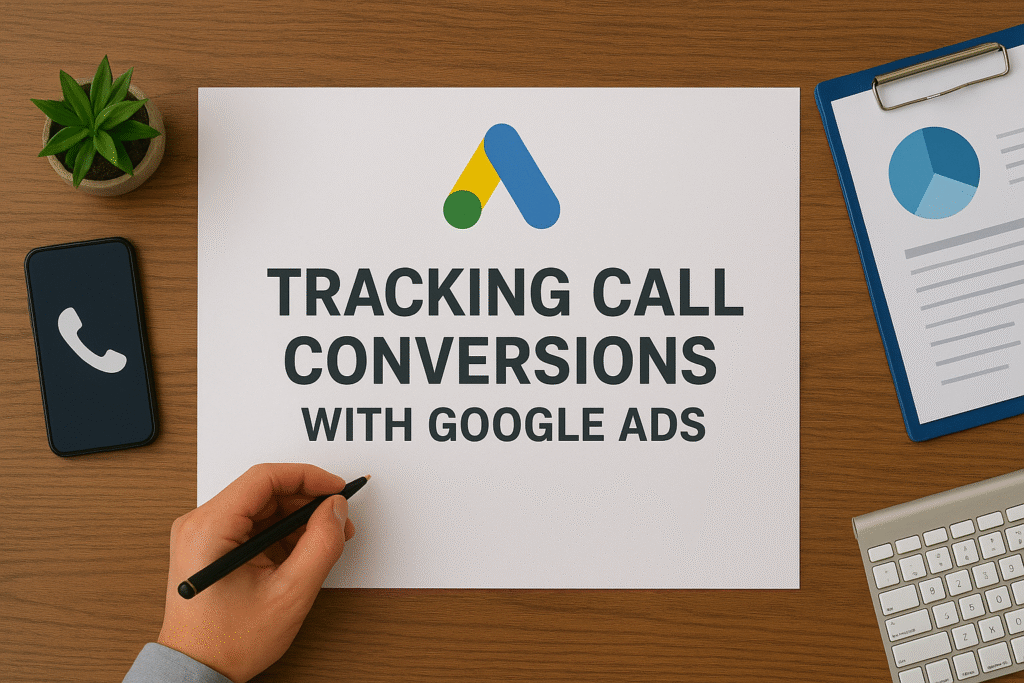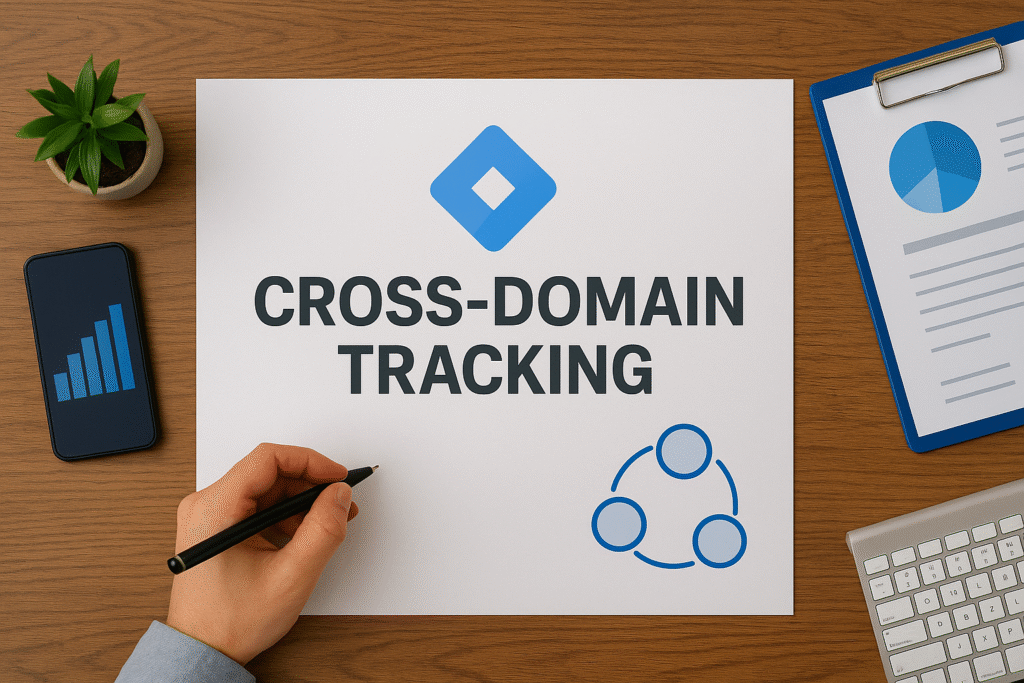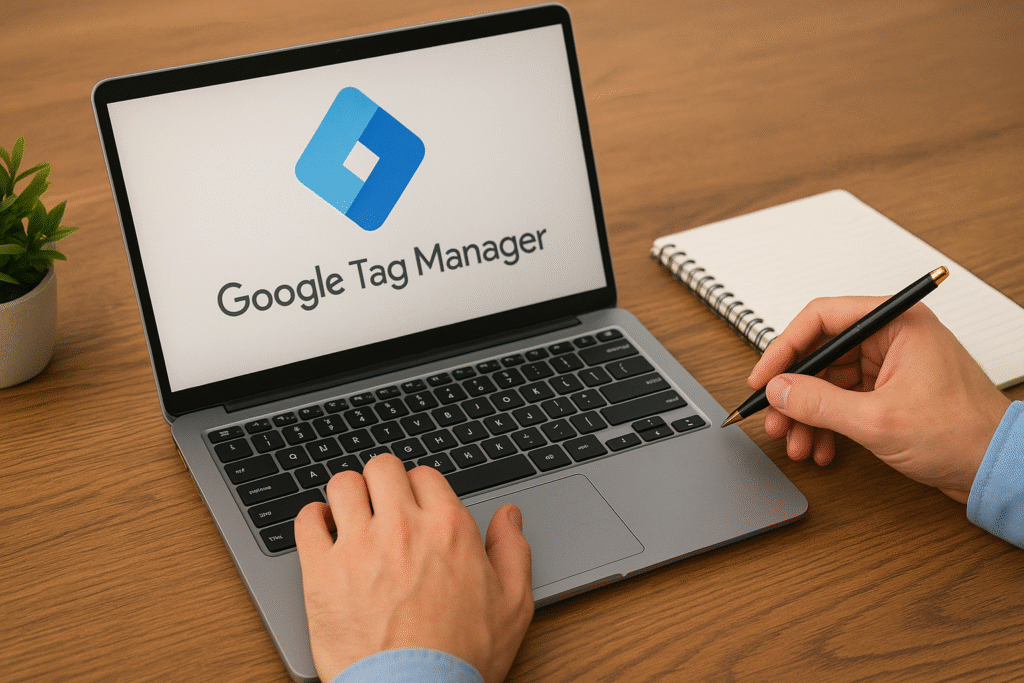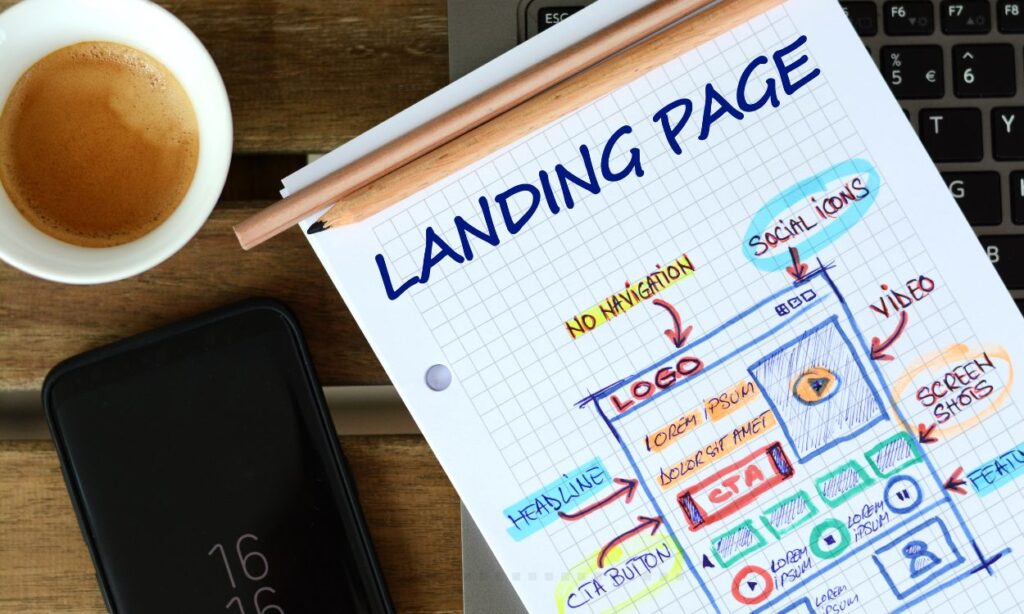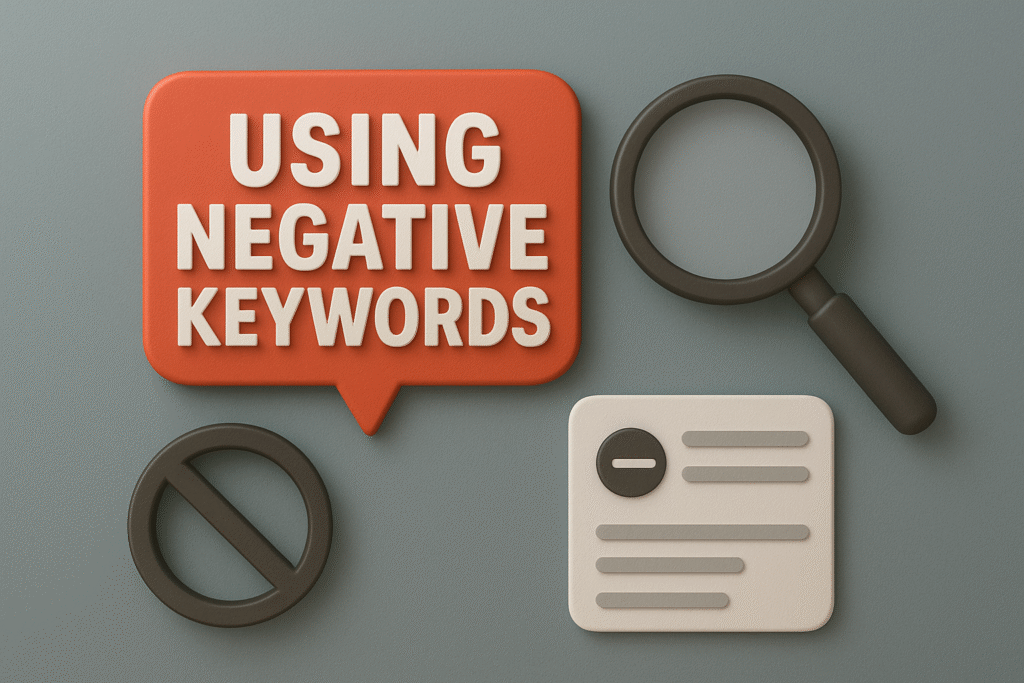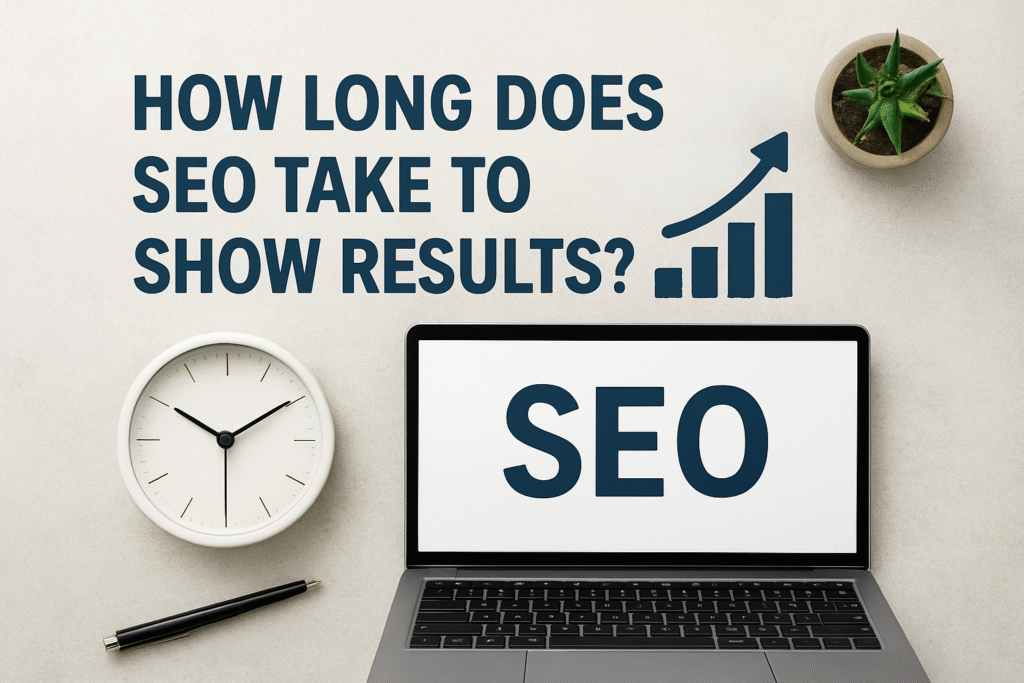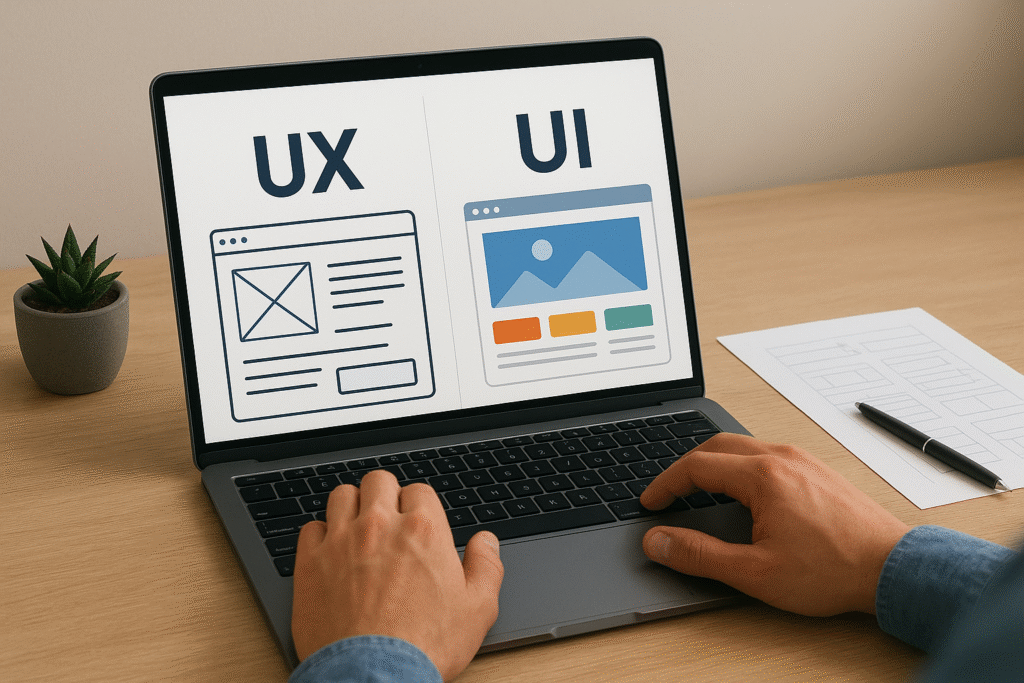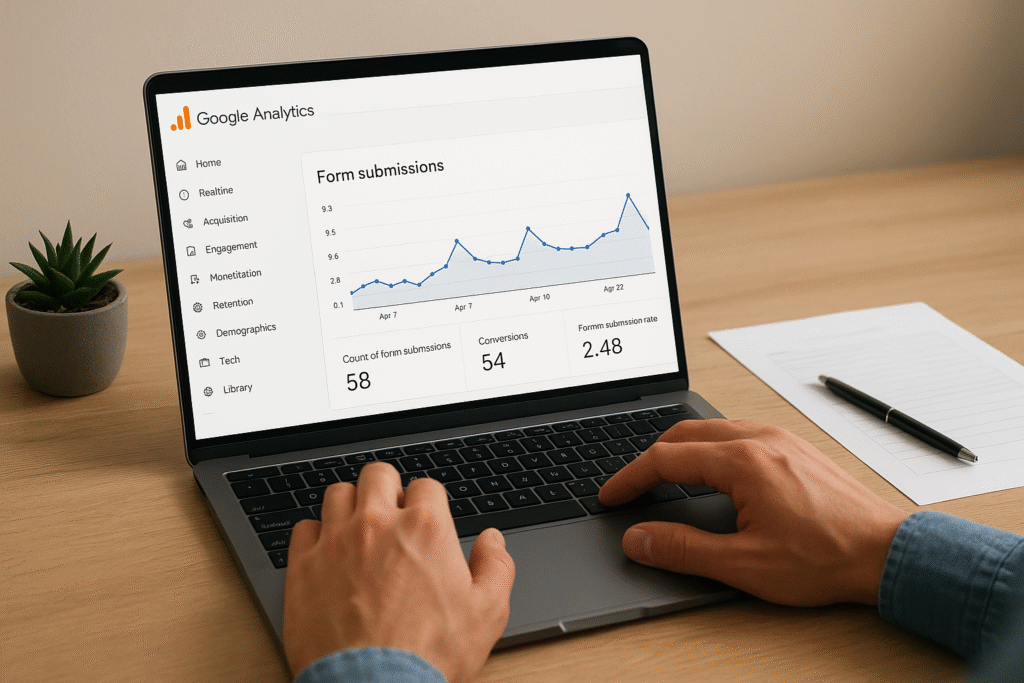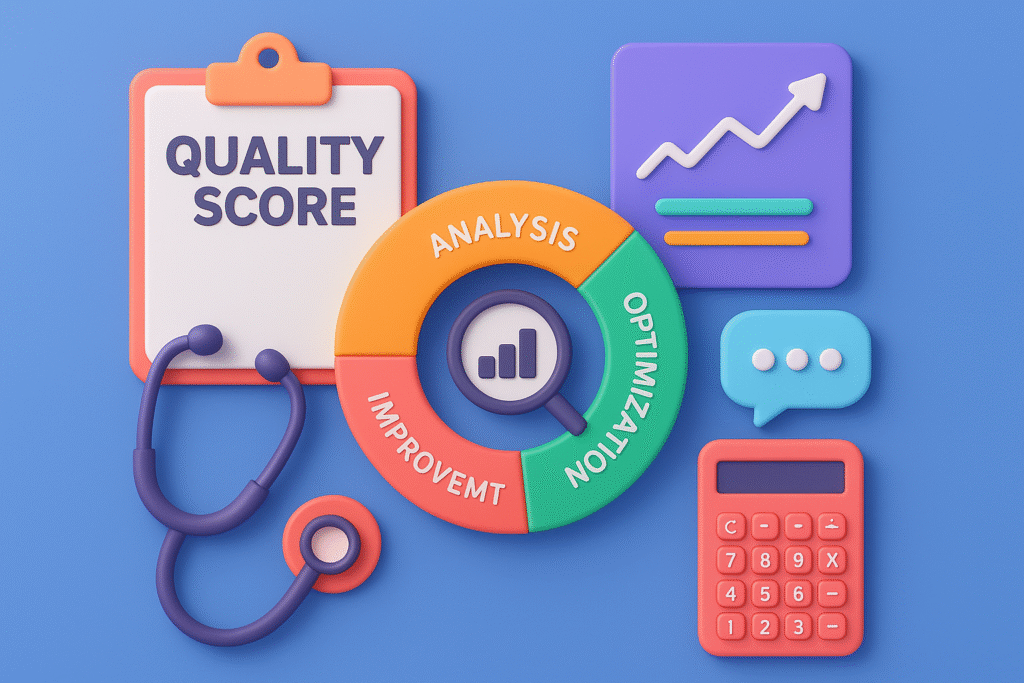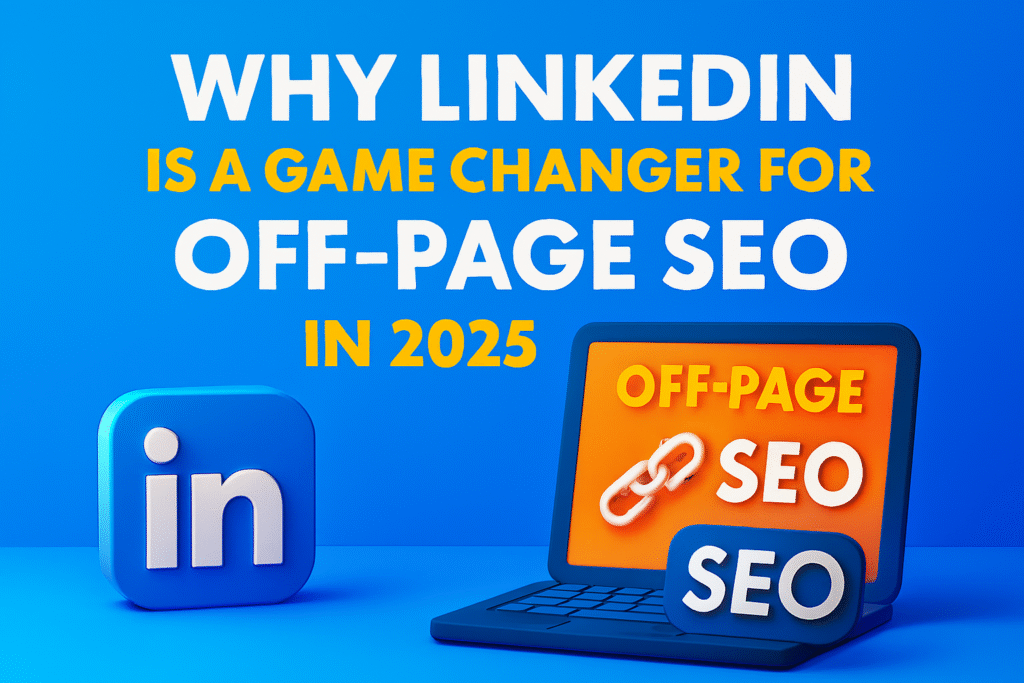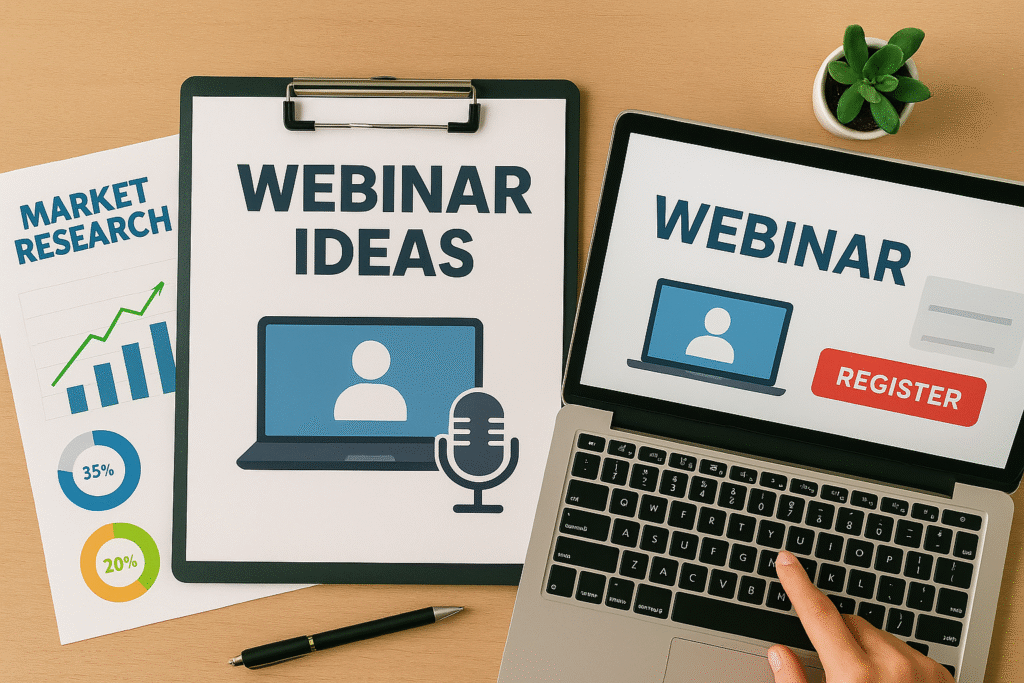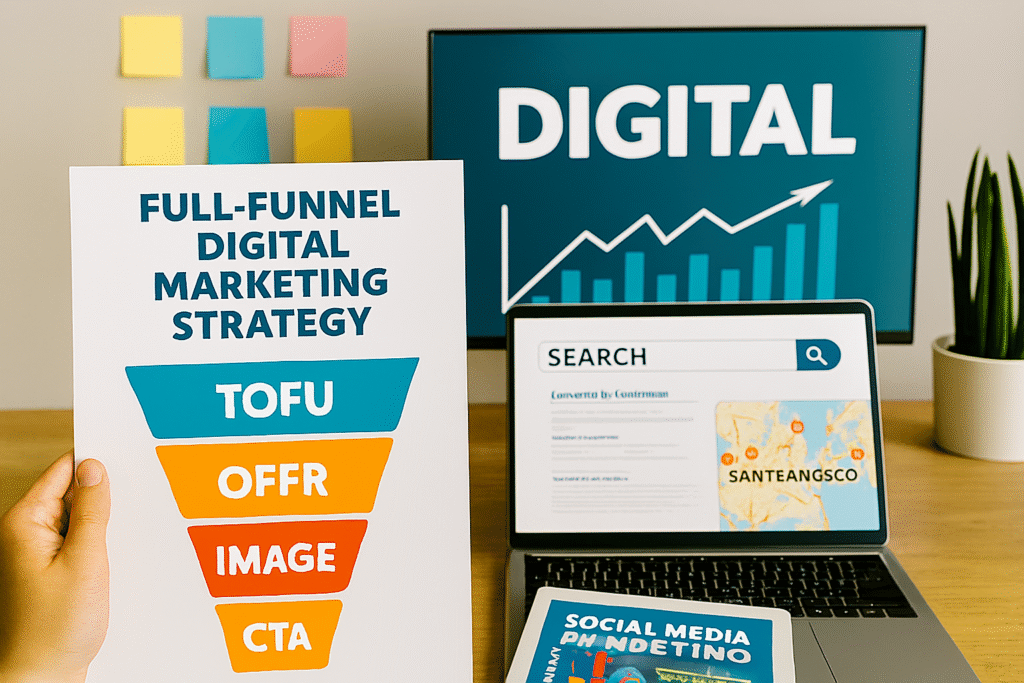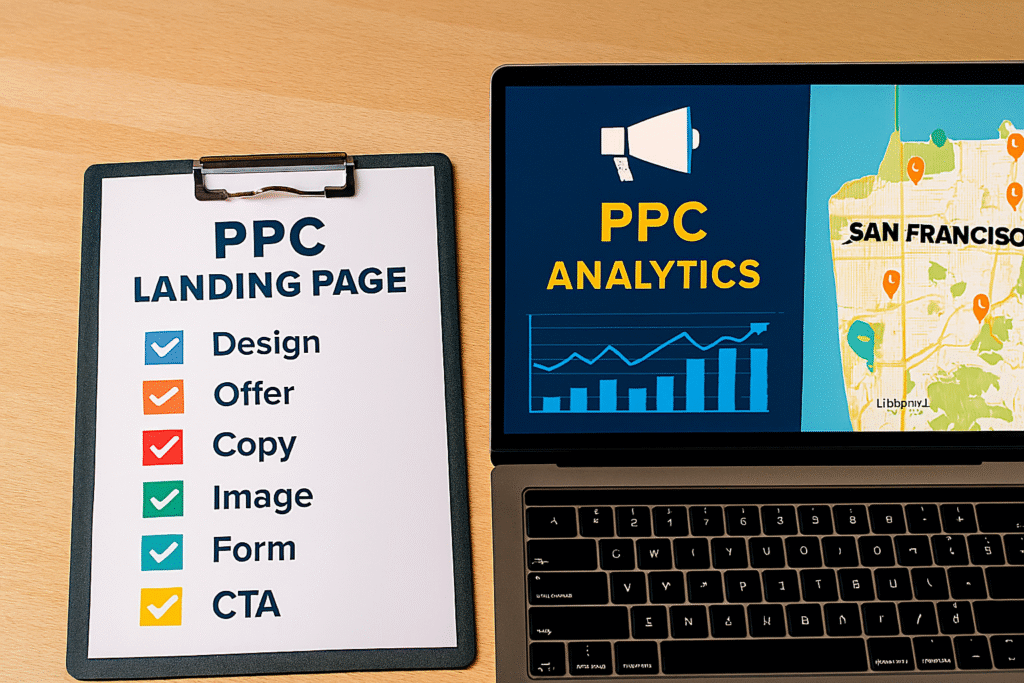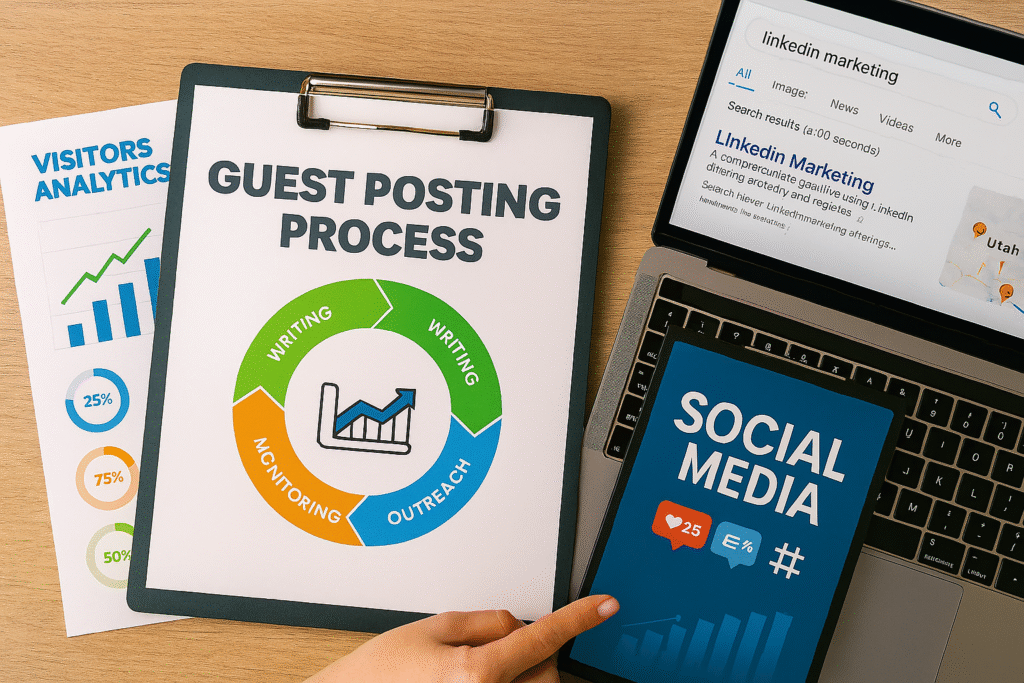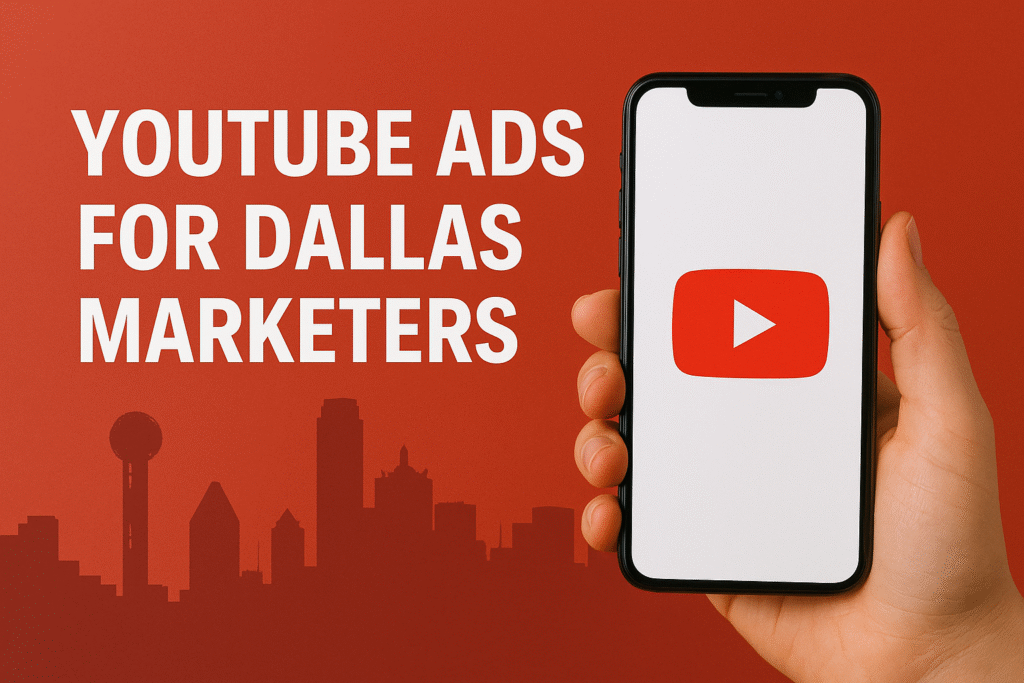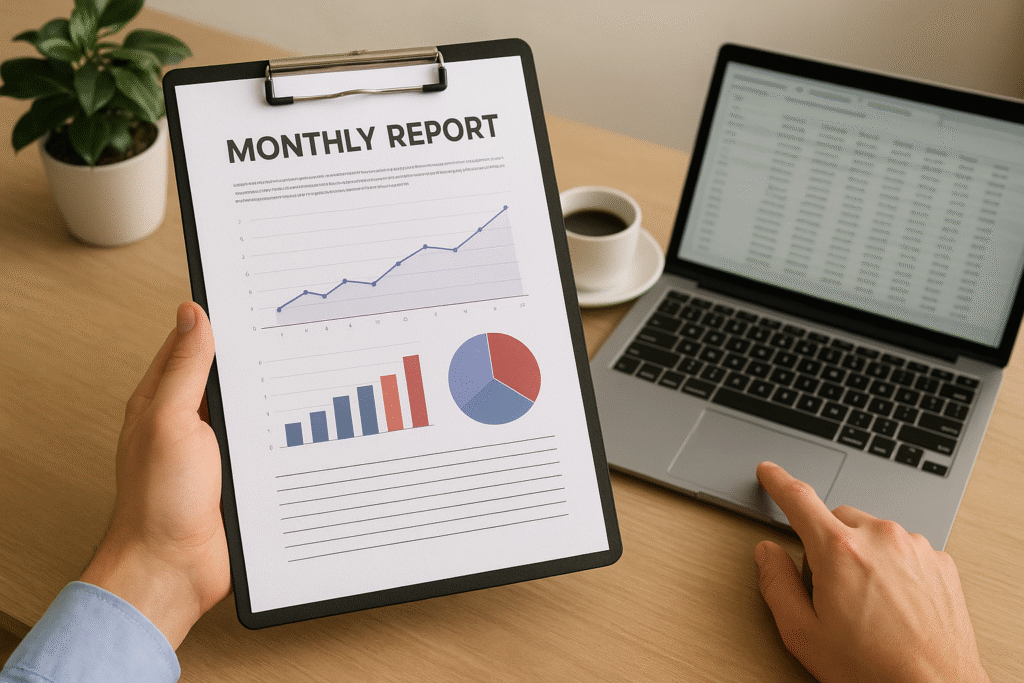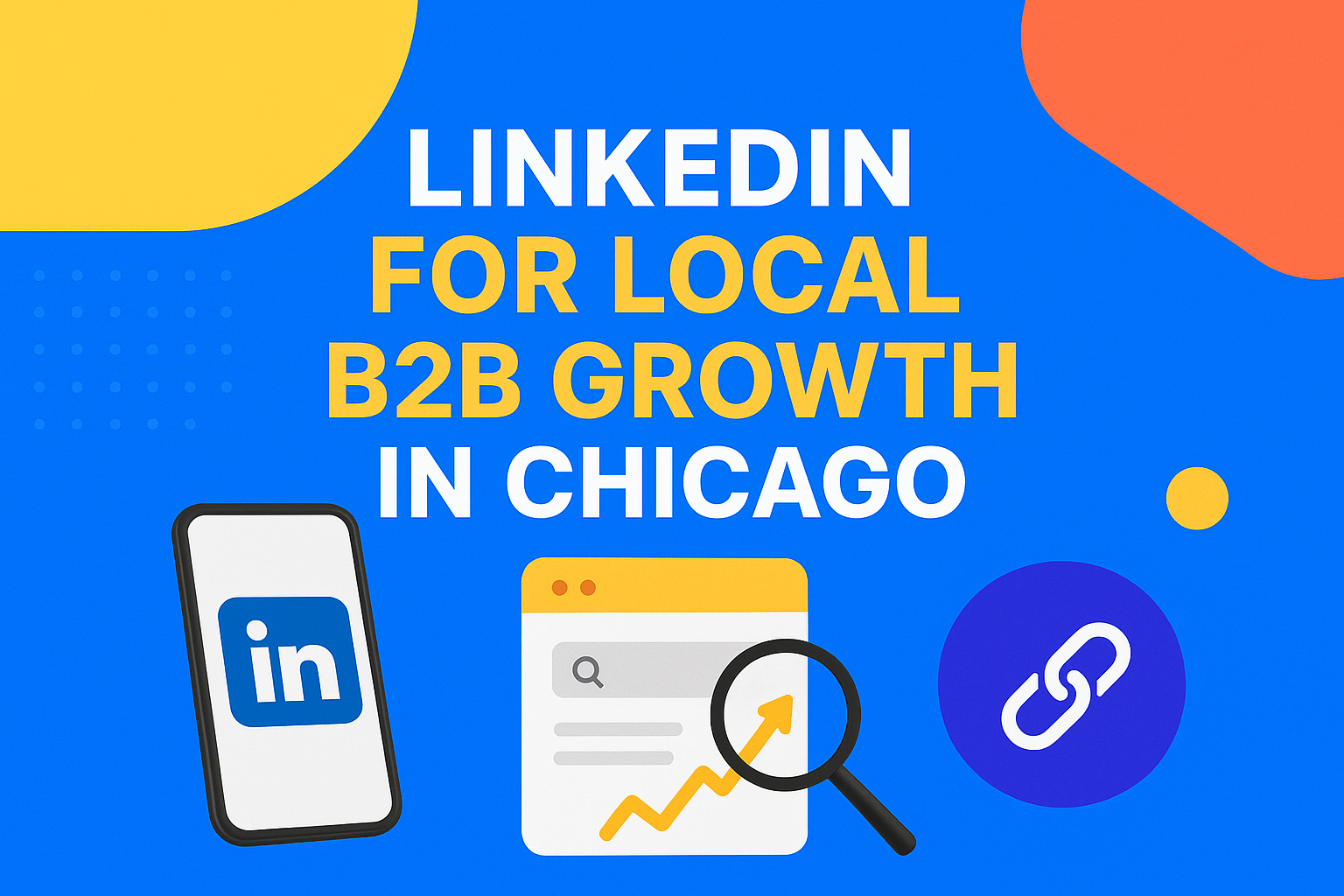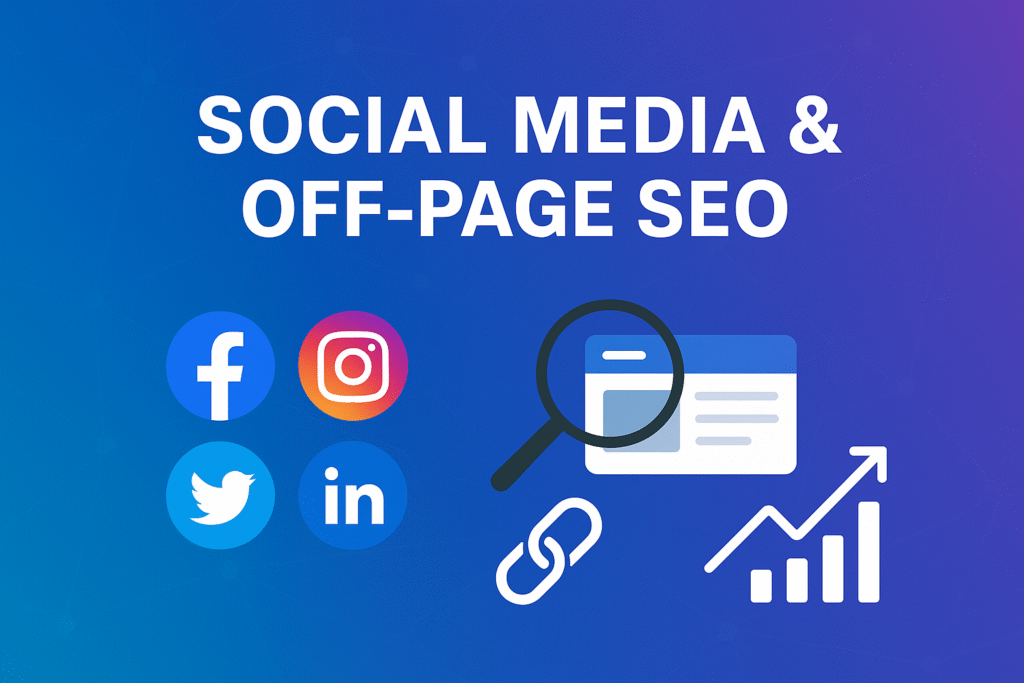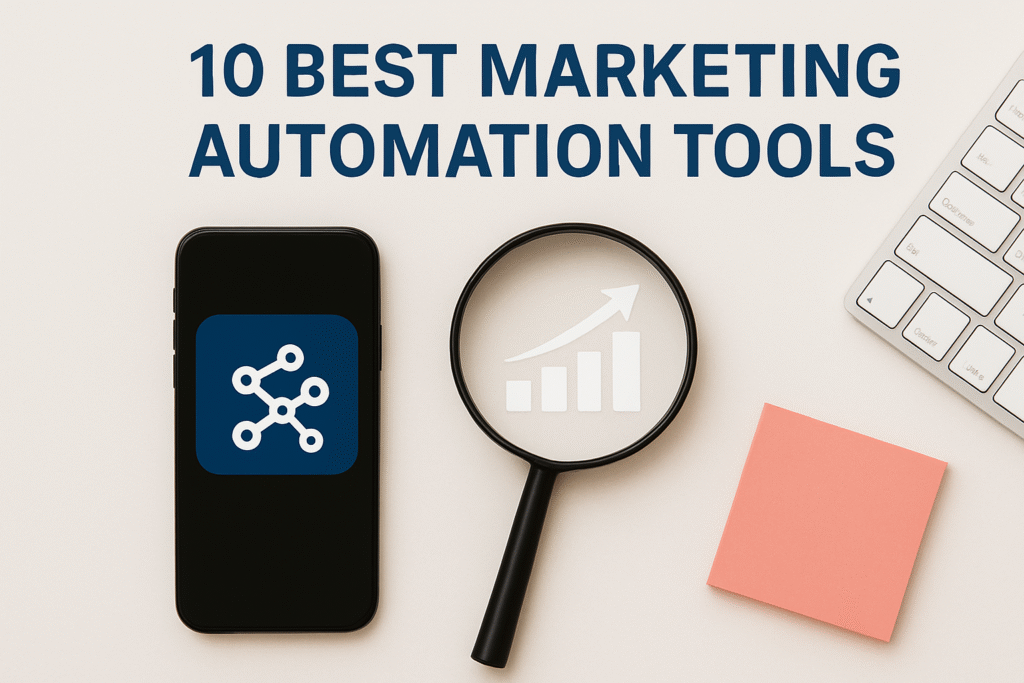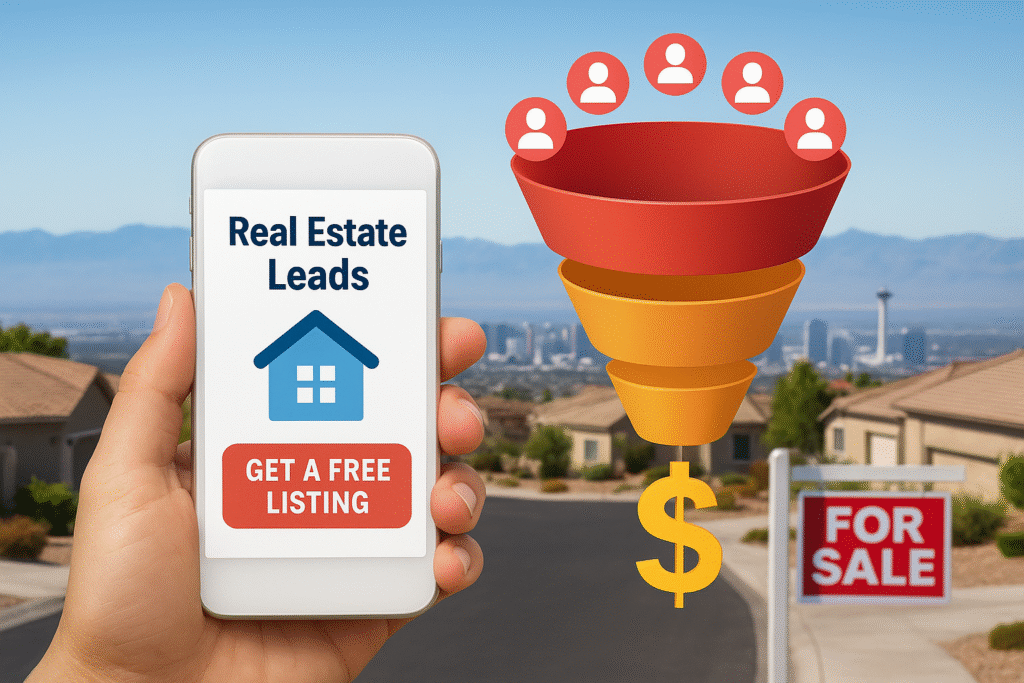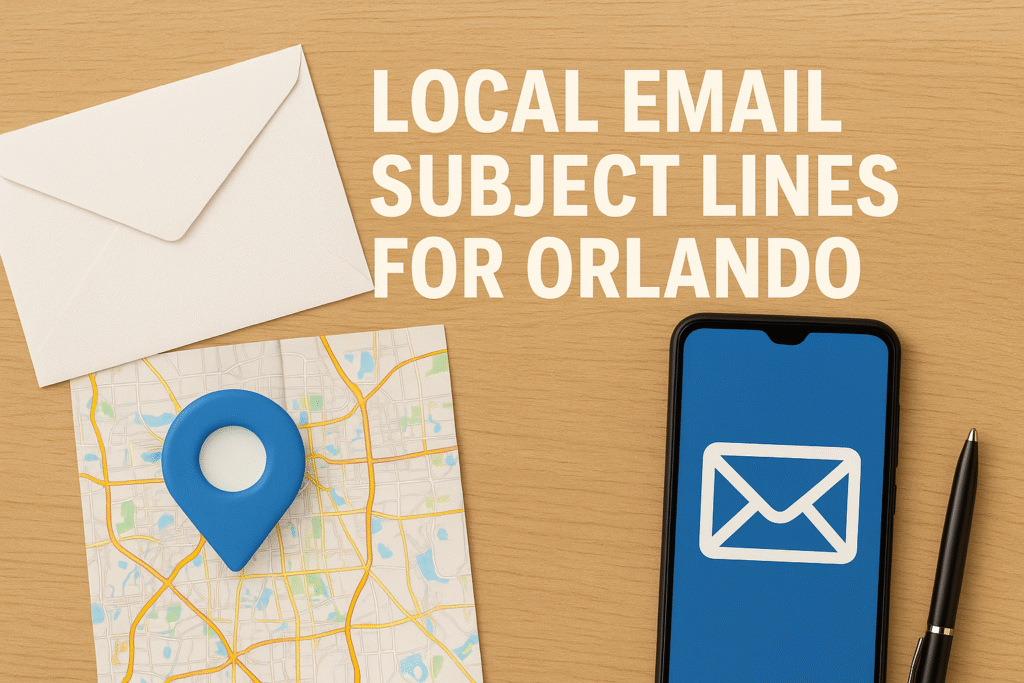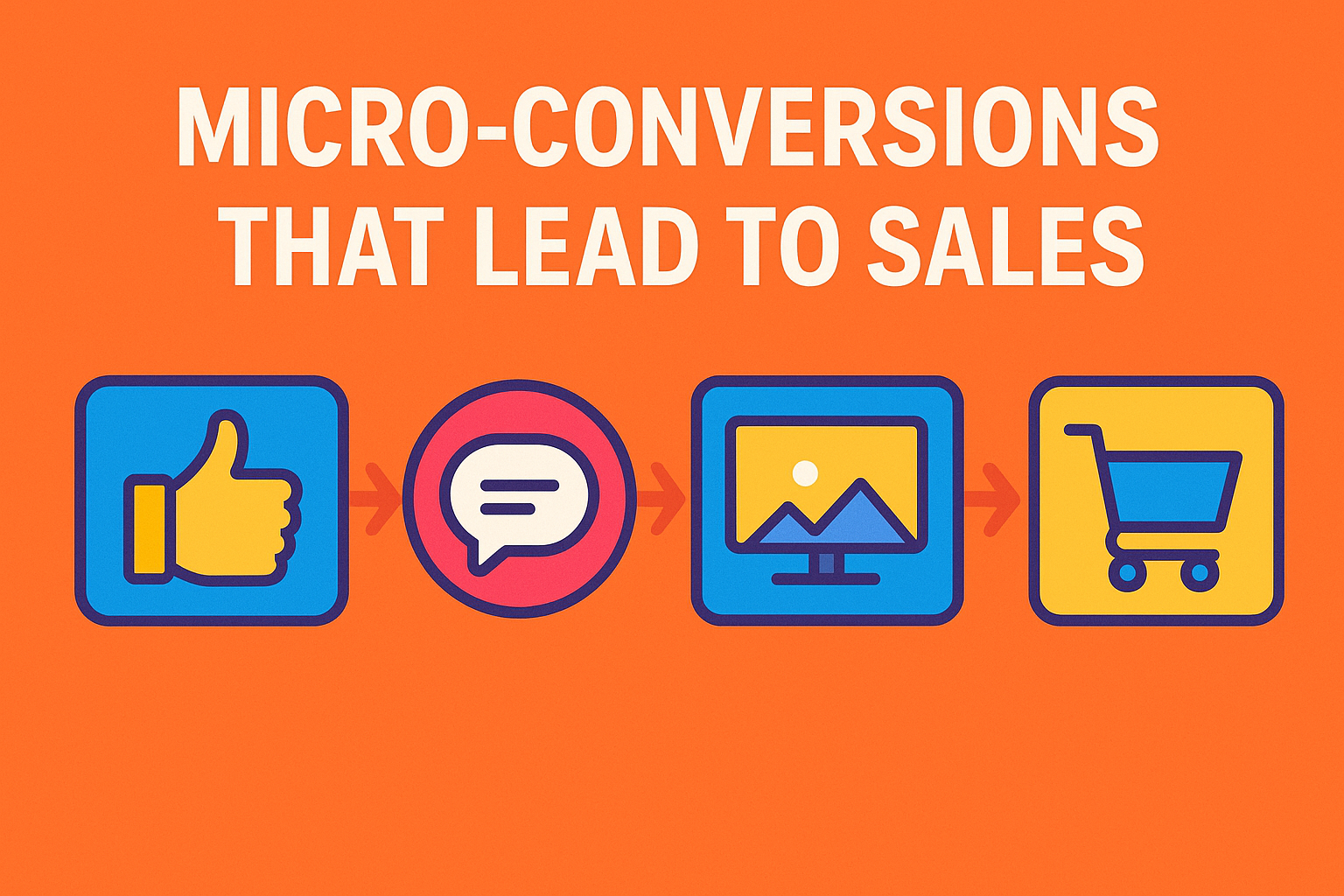Quick Summary: What This Blog Covers
This blog explains how businesses can dominate Google Maps and the Local Pack using proven local SEO strategies. It covers optimizing Google Business Profiles, building consistent NAP citations, earning local backlinks, and encouraging reviews. The post also highlights mobile and voice search optimization, local content marketing, and key ranking factors like proximity, relevance, and prominence to drive consistent local leads.
Introduction
In today’s hyper-local digital environment, appearing on the first page of Google isn’t enough — you need to show up where it matters most: the Google Maps results and the Local Pack. Businesses that master local SEO strategies how to dominate Google Maps & local pack gain consistent leads from nearby customers who are ready to buy.
“Stat: 78% of local mobile searches lead to an in-store purchase within 24 hours.”
Source: Google Consumer Insights
Local SEO has evolved from simple keyword optimization to a holistic system of managing visibility, trust, and proximity signals. Let’s break down how to build a winning local SEO strategy that gets your business into the top three map results — and keeps it there.
Why Google Maps and Local Pack Rankings Matter
The Local Pack (or “Map Pack”) appears above traditional organic results for location-based queries like “dentist near me” or “best pizza in Dallas.” Getting listed here means instant visibility, higher CTR, and more in-store visits.
Google Maps and the Local Pack leverage three primary ranking factors:
- Proximity: How close your business is to the searcher.
- Relevance: How well your listing matches the user’s intent.
- Prominence: Your brand’s online reputation and authority.
“Pro Tip: Businesses in the top three Local Pack positions receive over 44% of all local search clicks.”
Source: Moz Local Search Ranking Factors
Dominating local search results requires optimizing every signal Google considers relevant for local intent.
Step 1: Optimize Your Google Business Profile (GBP)
Your Google Business Profile (GBP) — formerly Google My Business — is your most powerful local SEO asset. It directly feeds information into Google Maps and the Local Pack.
Here’s how to optimize it fully:
- Claim and verify your listing at Google Business Profile Manager.
- Use your exact business name (avoid keyword stuffing).
- Choose the right primary and secondary categories.
- Add a consistent NAP (Name, Address, Phone Number).
- Upload high-quality photos and videos of your business.
- Write a compelling business description with your focus keywords.
- Set accurate hours of operation.
“Stat: Fully optimized Google Business Profiles receive 5x more views and 70% more direction requests.”
Source: BrightLocal
Ensure all your GBP details match the information on your website and across online directories.
Step 2: Build Consistent NAP Citations
Google uses citations — mentions of your business name, address, and phone number — as trust signals. Consistency across the web validates your legitimacy.
Audit and correct citations using tools like Whitespark, BrightLocal, or Moz Local. Submit accurate NAP information to:
- Yelp
- Yellow Pages
- Apple Maps
- Bing Places
“Pro Tip: Even a small NAP mismatch (e.g., ‘Street’ vs. ‘St.’) can lower local ranking consistency.”
Source: Search Engine Land
Keep your NAP identical on your website, GBP, and directory listings.
Step 3: Optimize Your On-Page Local SEO Elements
Your website is still the foundation of local SEO. Every page should reinforce your local signals.
Here’s what to include:
- City + keyword combinations in titles and headings (e.g., “Dental Clinic in Dallas”).
- Embedded Google Maps on your contact page.
- Local schema markup (
LocalBusiness,PostalAddress,GeoCoordinates). - Dedicated location pages for each city or branch.
- Internal links between location-specific and service pages.
Use schema validation tools like Google’s Rich Results Test to confirm structured data accuracy.
“Stat: Websites using local business schema see 20% higher click-through rates in local search results.”
Source: Search Engine Journal
Step 4: Collect and Respond to Local Reviews
Reviews are one of the strongest local ranking factors. Google views them as social proof of relevance and trust.
Encourage satisfied customers to leave Google reviews by:
- Sending a direct link post-service.
- Displaying review QR codes in-store.
- Offering follow-up reminders via email.
Respond to every review — positive or negative — using your brand voice. Keep responses authentic and service-oriented.
“Pro Tip: Responding to reviews can increase overall rating visibility and improve conversion by up to 35%.”
Source: Podium Research
Never buy fake reviews; authenticity is crucial for sustained local performance.
Step 5: Build Local Backlinks
Backlinks remain a top-ranking factor for both organic and local search. For local SEO, focus on hyper-local link opportunities.
Effective local link sources include:
- Sponsorships and local events
- Chambers of Commerce
- Local news websites
- Business associations and directories
- Partnerships with other nearby businesses
Use outreach platforms like Pitchbox or Hunter.io to find contact opportunities.
“Stat: Websites with strong local backlink profiles are 2.2x more likely to appear in the Local Pack.”
Source: Backlinko Local SEO Study
Each local backlink strengthens your domain’s proximity and trust relevance in Google’s local algorithm.
Step 6: Use Location-Based Content Marketing
To dominate local results, publish content that ties your services directly to Dallas or your target city. Localized content builds topical authority and engagement.
Ideas include:
- “Best Places to [Your Service] in Dallas”
- “Seasonal Maintenance Tips for Dallas Homeowners”
- “Local Trends in [Industry] This Year”
Complement blogs with videos or interviews featuring local customers or community highlights.
“Pro Tip: Adding hyper-local content can increase organic impressions from ‘near me’ searches by 30%.”
Source: HubSpot Local SEO Report
This approach helps your business rank for both service and location-specific queries.
Step 7: Optimize for Mobile and Voice Search
Most local searches happen on mobile or through voice assistants. Ensure your site loads fast and uses conversational language to align with voice queries.
Optimize for:
- Fast loading speed (use PageSpeed Insights)
- Click-to-call buttons and easy navigation
- Long-tail, question-style keywords (e.g., “Where can I find a good plumber near Uptown Dallas?”)
“Stat: 58% of consumers use voice search to find local business information daily.”
Source: Think with Google
Voice optimization enhances both user experience and Google’s understanding of your local relevance.
Step 8: Leverage Google Posts and Q&A
Your Google Business Profile allows posts, offers, and Q&A sections that appear directly in local search results. Use them to communicate updates, promotions, and community involvement.
Best practices:
- Post weekly with relevant local events or sales.
- Include calls to action (“Visit Our Store Today”).
- Answer customer questions publicly in the Q&A section.
“Pro Tip: Businesses posting weekly on GBP get 20% more click-to-calls and direction requests.”
Source: Sterling Sky Local SEO Study
This consistent engagement signals activity and reliability to Google’s local ranking systems.
Step 9: Track Local Performance Metrics
Use analytics to measure the effectiveness of your local SEO strategies. In your Google Business Profile Insights and Google Analytics 4, track:
- Search queries driving profile views
- Calls and direction requests
- Local page traffic
- Click-through and bounce rates
Complement this with keyword tracking tools like Local Falcon or BrightLocal Rank Tracker.
“Stat: Local businesses that monitor GBP Insights monthly see 25% faster ranking improvements.”
Source: Whitespark Local SEO Guide
Data-driven adjustments keep your local visibility sharp and relevant.
Case Study: Dallas-Based Retailer Boosts Local Leads
A Dallas clothing retailer applied these local SEO strategies how to dominate Google Maps & local pack by optimizing their GBP, collecting 200+ authentic reviews, and publishing Dallas-specific blog content. Within 90 days:
- Map Pack visibility improved from position 9 to 3
- Website traffic from Dallas increased by 43%
- Store visits grew 28% month-over-month
This case highlights that mastering Google Maps optimization is not about hacks — it’s about consistent, localized effort across multiple touchpoints.
Common Mistakes to Avoid
Even experienced marketers can weaken local rankings with these avoidable errors:
- Inconsistent NAP citations across directories
- Using stock images on Google Business Profile
- Keyword stuffing in business names
- Ignoring negative reviews or failing to respond
- Overlooking schema markup updates
“Pro Tip: Regularly auditing your local listings prevents data decay and ensures continuous ranking stability.”
Source: Local SEO Guide
Stay proactive with monthly reviews and updates to keep your business in peak performance.
Final Thoughts
Mastering local SEO strategies how to dominate Google Maps & local pack isn’t about shortcuts — it’s about consistency, optimization, and relevance. By maintaining accurate business information, generating authentic reviews, publishing localized content, and engaging consistently on your GBP, you create an ecosystem that tells Google your business deserves to rank first.
Local SEO is the foundation of modern brand discovery — whether you’re a small shop or an enterprise retailer.
If you want to streamline your Google Maps optimization process and manage your multi-location visibility, explore our Local SEO and Citation Management Services.
Frequently Asked Questions (FAQs)
1. How long does it take to rank in the Local Pack?
Typically, you’ll start seeing results in 6–12 weeks after consistent GBP optimization, citation cleanup, and review generation.
2. Can small businesses compete with larger brands in local SEO?
Yes. Google prioritizes relevance and proximity over size, so small businesses can easily outrank larger competitors with proper optimization.
3. How important are reviews for Google Maps ranking?
Extremely. Quantity, quality, and recency of reviews directly influence your local rankings and customer trust.
4. Do I need a website to rank in Google Maps?
While not mandatory, having a website significantly boosts relevance and authority, improving your Map Pack visibility.
5. What’s the difference between Google Maps SEO and organic SEO?
Maps SEO focuses on location-based queries and GBP optimization, while organic SEO covers global search visibility.
6. How can I track my Local Pack ranking?
Use tools like BrightLocal, Whitespark, or Local Falcon to monitor your keyword performance geographically.
